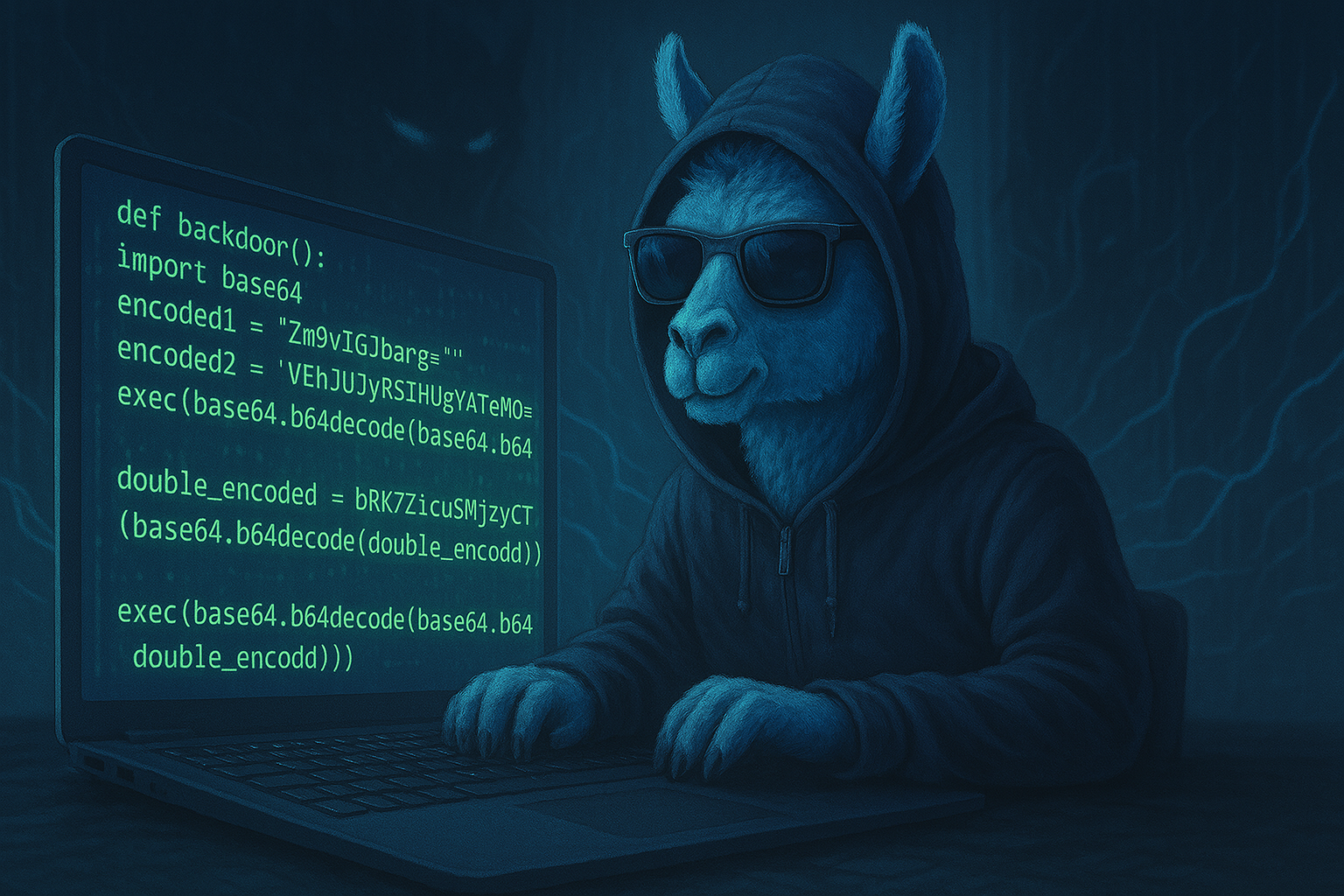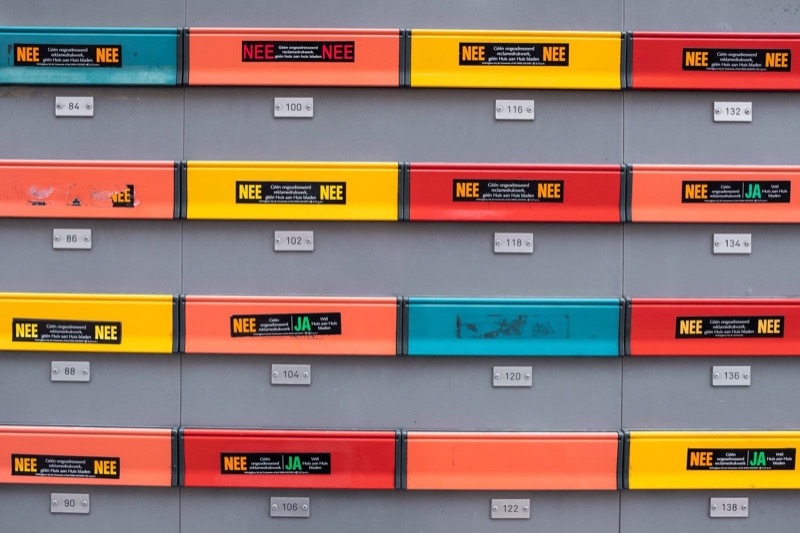Abstract Large Language Models (LLMs) are reshaping software development by helping with everything from auto-completion to full-scale code generation. While these tools significantly boost productivity, they also introduce new security challenges. In this post, we explore how malicious modifications to an LLM can result in hidden backdoor code being injected into projects. Through proof-of-concept examples, including double-layer Base64 obfuscation and external module imports, we demonstrate methods attackers might use to insert unwanted code into otherwise helpful scripts. We also discuss practical strategies for detecting and mitigating these risks. ...









